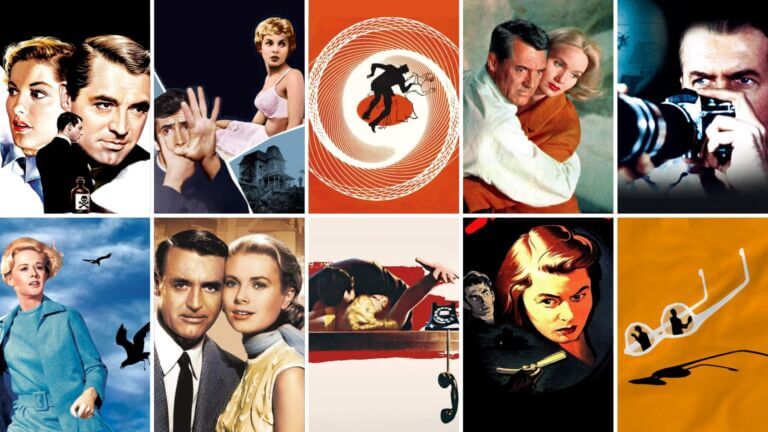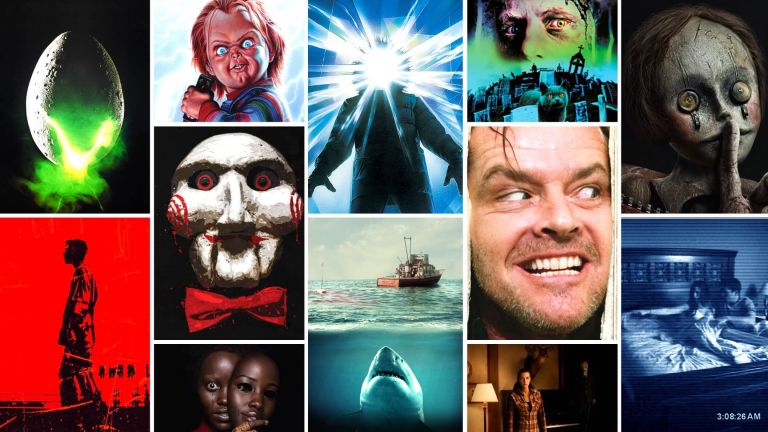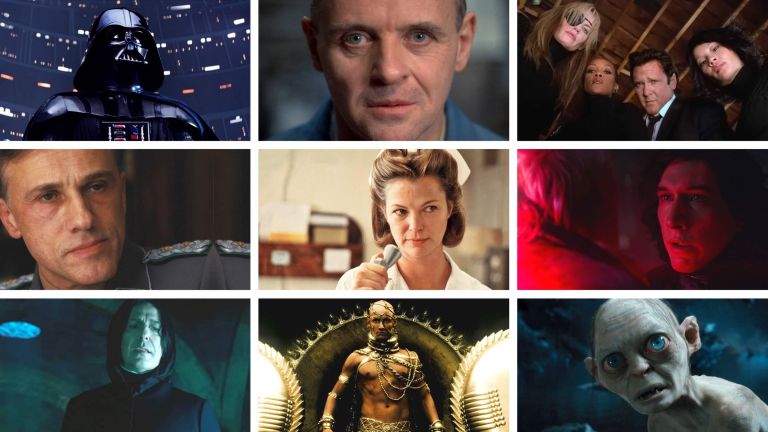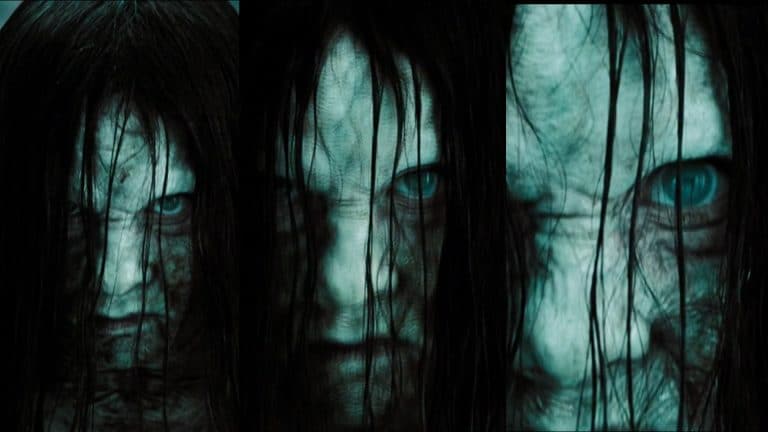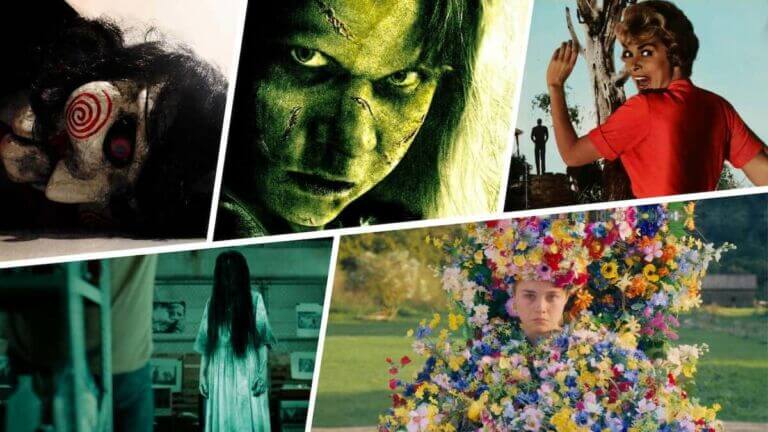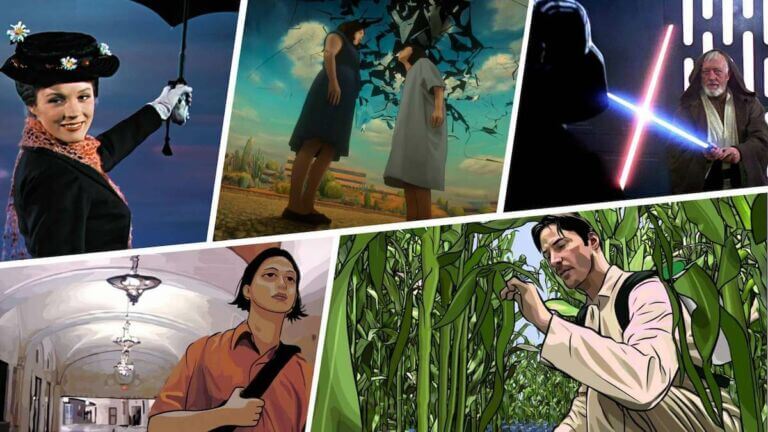A storyboard is a graphic layout that sequences illustrations and images to tell a story visually. It is the backbone of visual storytelling, helping filmmakers, marketers, and educators communicate their ideas clearly and effectively.Continue reading 46 Storyboard Examples from Movies, Animation, and Games (with FREE Storyboard Templates)
Alfred Hitchcock is one of the all-time great auteur filmmakers. His films can be explained in the simplest of terms: You know it when you see it. Over 55 years, Alfred Hitchcock directed dozens upon dozens of films, some of which have joined the pantheon of the greatest movies in cinema history. In this article, we’re going to rank the 30 best Alfred Hitchcock movies based on these four criteria: legacy, suspense, filmmaking, and story. Continue reading 30 Best Alfred Hitchcock Movies Ranked for Filmmakers
What are the best horror movies of all time? From zombies to your nextdoor neighbor, films have found fear from a wide variety of sources over the decades. From silent-era classics like Nosferatu to modern psychological thrillers, horror continues to evolve.In this blog, we’re providing all of you filmmakers out there with the definitive list of the best horror films ever made. We’ll discuss what makes each film so scary and why it’s worth watching. We’ll even point you in the right direction, so you know where to watch these films if you ever feel like scaring yourself.Continue reading 100…
What is an antagonist? The simplest explanation is that an antagonist represents the opposite of the protagonist. But there’s much more to the term than that. They are the source of conflict in a story — and if you know anything about storytelling, you know that conflict is necessary. So, by understanding how antagonists are used in storytelling, we’re better equipped to handle story conflict in our own writing. In this post, we’ll cover all the different antagonistic forces a writer can choose from, how they work, and how to decide which one works best for your next story.Continue reading…
The cinematographer, editor, and director work together to create a seamless experience within watching a film. There are certain cuts that can jar an audience out of this experience and make them aware they are watching a movie. One of these cuts is referred to as a jump cut. While many advise against using jump cuts in film, there are ways you can implement them effectively to tell the best story possible.Continue reading What is a Jump Cut? 5 Ways to Use Jump Cuts in Film
Every film needs suspense. At the foundational level, a story poses a question in the beginning and answers it by the end. The suspense is the anticipation for that answer. But what are the elements of suspense films? And how do we go about building suspense with film technique? Film is the perfect medium for creating suspense and we'll use Gore Verbinski’s 2002 remake of The Ring as our case study.Continue reading Elements of Suspense — Building Suspense with Film Technique
There’s more than one way to animate a film. And one of the most innovative, albeit time-consuming, ways to bring a movie to life is through rotoscoping. But what is rotoscope animation? While it’s typically associated with modern works like the 2006 film A Scanner Darkly and the recent Amazon Prime series Undone, the technique has roots dating back decades. Let’s take a look at some movies that use rotoscoping to see how it can be utilized for future filmmakers.Continue reading What is Rotoscope Animation? The Process Explained

